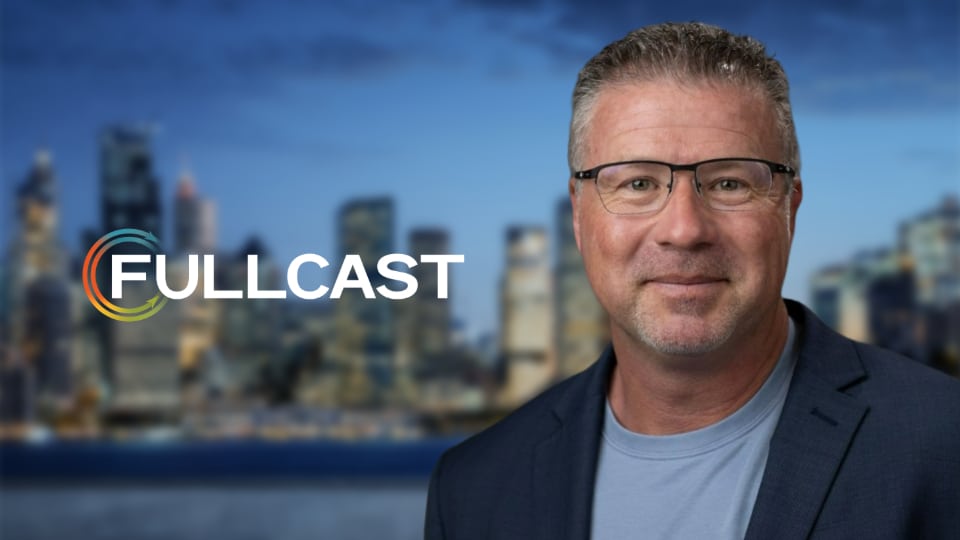You’re ahead of the game if you’ve developed policies to execute your GTM strategy. Policies are the rules of engagement for your plan that enables your team to execute with agility, accuracy, and predictability. For example, when a territory changes mid-year, how will you handle any existing opportunities? Creating a holdout policy is a good place to get started. Other useful RevOps policies can be related to territory definitions, coverage models, account and opportunity ownership, routing, data requirements, and compliance. You can find a complete guide to RevOps policies here. However, policies are only useful if you can execute against them. Here’s how to get started.
Beginner RevOps Policies
The first step to RevOps agility is to write your policies down. Unfortunately, once that is accomplished, does anyone even read them? Sadly, probably not! Most policy tomes collect dust on the shelf or wither on the wiki. Furthermore, manually implementing, managing, and approving your policies using spreadsheets and calendar reminders is time consuming and error prone. Side deals will sneak through, complicating RevOps’ job and defeating the purpose of having policies in the first place.
Intermediate RevOps Policies
More advanced organizations recognize that automating policies is the best way to execute on your GTM strategy. However, automation also presents its own challenges. The most common way to automate policies is to hard code the GTM parameters into a Salesforce workflow (or Flow Builder/Process Builder). In the case of holdouts this means that the types of opportunities (e.g., Stage 7 opportunities) to which holdouts apply and the holdout timeframe (e.g., 30 days for SMB and 90 days for enterprise accounts) are hard-coded into the workflow. This can work….until it doesn’t.
As your organization scales and the number of policies grows, it will become impossible to manage. Change is a constant in GTM planning. For example, reps churn, territories change, acquisitions happen, or new products are launched. When your holdout policy changes, how do you update your holdout workflow quickly and seamlessly? If holdout parameters are hard-coded into the Salesforce workflow, they are controlled by IT, and it can take significant time and energy to change the workflow. In the worst case, this task ends up in the IT backlog for weeks or months. Certainly not a recipe for agility! Creating and managing Salesforce workflows is a significant time suck that prevents revenue efficiency.
RevOps Policy Nirvana
Now imagine a world where your Salesforce workflows are separated from the business inputs. That’s where an intelligent GTM Planning Platform, like Fullcast, is essential. All of your business inputs live in Fullcast, separately from your workflows. Your Salesforce workflows are stripped of all their complexity. Only a simple workflow is needed to to trigger a process, such as when to initiate a holdout (e.g., when an account owner changes) and to call Fullcast. Your RevOps or SalesOps analysts who understand the business requirements are in control of the inputs. By updating data fields in Fullcast they can easily manage the business inputs and any changes without touching Salesforce workflows, leading to significant efficiency gains. The Fullcast Platform also includes many different scenarios and edge cases for each policy type, freeing the team from building workflow workarounds for each and every use case.
The Fullcast Platform also takes full account of your GTM plan. If your GTM changes, everything stays in sync. For example, if an account moves from SMB to enterprise, there is no need to update your workflows to change your holdout policy for those accounts. Execution automatically stays up to date without any additional effort from the RevOps team.
Your RevOps policies are much like speed limit signs. Signs provide the rules of the road for drivers. They are permanent and don’t change. They are hard-coded into the driving process. Changing a speed limit sign requires significant time and energy. It may require a traffic study, highway board approval, sign production, and installation. By the time all this is completed, the original conditions may have changed.
Now imagine if that sign were electronic and speed limit changes were automatically updated based on driving conditions. In this case, not only does the highway department save a lot of time, but traffic runs much more smoothly and efficiently. In the RevOps world, your RevOps team is the highway department and your deals are the traffic.
Conclusion
RevOps policies can make the difference between efficient GTM execution and chaos. Once you take the time to write your policies, don’t let all of your hard work fall to the wayside. Automating those policies is critical for success. Yet building and managing Salesforce workflows can be daunting and inefficient. Instead, a GTM Planning platform like Fullcast makes it simple to automate and put your policies into action, enabling your team to achieve the highest level of revenue efficiency.










